Fitch Assigns Nepal 'BB-' IDR; Outlook Stable
- BFIS News
- 2024 Nov 21 20:28
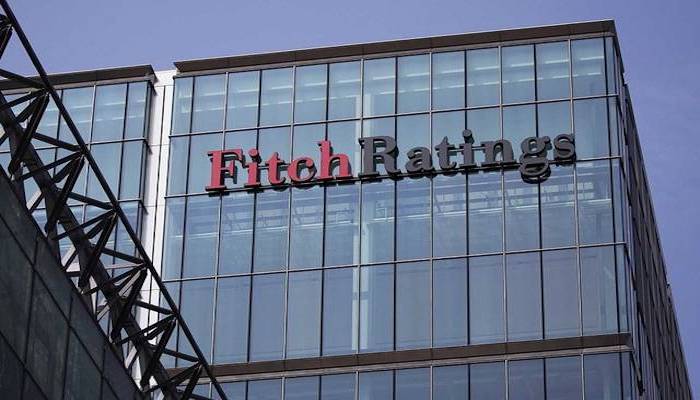
Kathmandu. 21 Nov 2024: Fitch Ratings has assigned Nepal a Long-Term Foreign-Currency Issuer Default Rating (IDR) of 'BB-' with a Stable Outlook.
Key Rating Drivers
Low Debt; Weak Structural Factors: The ratings reflect Nepal's low and highly concessional government and external debt burdens, strong external liquidity and solid growth prospects underpinned by the hydropower sector. This is balanced against an underdeveloped economy that is vulnerable to external shocks and natural disasters. GDP per capita and governance metrics are well below the 'BB' median, but have been improving since the end of armed conflict in 2006 and the subsequent political transition.
Stable Debt: We estimate that federal (central) government debt surpassed 44% of GDP in the fiscal year ending 15 July 2024 (FY24), below the forecast 'BB' median of 55%. We expect debt to remain around these levels in the coming years amid a pick-up in growth and fiscal consolidation under Nepal's IMF-supported programme. Non-financial contingent liabilities appear limited, although monitoring and oversight is still not comprehensive. Nepal's provinces currently have no debt, and the bulk of state-owned enterprise debt is on-lent from the government. Reported debt includes guarantees (1% of GDP).
Strong Debt Affordability: We estimate federal government interest payments peaked at about 8% of revenue in FY24, just below the forecast 'BB' median, although debt/revenue, at 230%, was above the median. More than 40% of government debt is external and highly concessional, with an average maturity of nearly 13 years and an average interest rate of about 1%. Real interest rates are also low on domestic debt, which has maturity of less than three years. This reflects a liquid banking sector that is funded by large remittance inflows and low policy rates that are accompanied by capital controls.
We expect Nepal to still enjoy strong availability of concessional funding after graduating from Least Developed Country Status in 2026.
Large Deficits; Consolidation: We forecast the federal government deficit to narrow to 4% of GDP by FY26, from our estimate of 5% in FY24 and nearly 6% in FY23 ('BB' median: 3%). The consolidated general government position is better. State and local governments, mostly funded via federal transfers, struggle with spending execution and posted nearly 1% of GDP surplus in FY22. Consolidation efforts are focused on raising revenue/GDP from the low level of 19% FY24, in particular through more direct taxation, as part of the government's domestic revenue mobilisation strategy.
Revenue Shock: The fiscal deficit nearly doubled in FY23 on a sharp decline in imports and import-related taxes. This was the result of policies aimed at curtailing the current account deficit, which widened as tourism revenue dropped, while Covid-19 pandemic-related stimulus measures overheated the economy. These policies included government spending cuts, higher interest rates and import controls, and resulted in an economic slowdown.
Basic Fiscal Framework: The government tends to have optimistic revenue growth forecasts, but regularly adjusts spending plans mid-year to comply with a rule limiting annual domestic gross borrowing to 5% of GDP. Government external debt is limited to 30% of the preceding year's GDP. However, the government ran up a negative treasury single account balance at the central bank of about 3% of GDP at FYE23, although it still has general government deposits.
Temporary External Surplus; Strong Reserves: We expect stronger domestic demand to widen the current account deficit to 4% of GDP by FY26 and narrow reserve coverage to about nine months of current external payments. This will exceed the 'BB' median of five months and should comfortably support the long-standing Indian rupee peg. Nepal posted a current account surplus of nearly 4% of GDP in FY24, a stark turnaround from a deficit of 13% in FY22 on import compression, tourism recovery and continued growth in remittances, which reached about 70% of external receipts and 25% of GDP.
The current account surplus propelled foreign-exchange reserves to over USD13 billion at FYE24, or nearly 12 months of current external payments, and over 26% of broad money.
Net External Creditor: There is little external borrowing outside the public sector, reflecting Nepal's minimal amount of foreign direct investment and limited integration into the global financial system. This saw Nepal post a net external creditor position of 10% of GDP in FY24 ('BB' median: debtor position of about 15% of GDP) and a net international investment position of 5% of GDP. Burdensome procedures on profit repatriation and other regulations on external transactions have historically constrained foreign direct investment inflows significantly, but the authorities are addressing this.
Growth Recovering: We forecast growth to pick up to about 5% over the medium term, from the policy-induced slowdown to 2% in FY23 and an estimated 3% in FY24. Nepal's growth is traditionally driven by consumption and investment. The development of hydropower, backed by an export agreement with India, supports medium-term growth. Over the past 30 years, despite significant political turmoil and a devastating earthquake in 2015, growth has averaged at over 4% a year (over 3% per capita). Nevertheless, GDP per head, at about USD1,400, remains a fraction of the 'BB' median.
Large Banking Sector; Manageable Risks: Bank credit to the private sector reached nearly 86% of GDP in FY24, down from a peak of 94% in FY22. This is high for Nepal's level of development, but is backed by a large remittance-funded deposit base of 106% of GDP. Enhancements to the regulatory toolkit are a core focus of IMF engagement. Financial soundness indicators are deteriorating, but remain adequate. Underregulated non-bank financial institutions represent another 10% of GDP in credit, but new licences have been frozen and linkages with the broader financial system are limited.
Frequent Leadership Changes: Nepal has seen eight changes of government since the beginning of 2014, with recurrent power struggles and shifting political alliances undermining long-term policymaking and development planning. Nevertheless, there appears to be broad consensus around economic and fiscal management. Political instability has had little effect on the operation of the central bank.
ESG - Governance: Nepal has an ESG Relevance Score (RS) of '5' for both Political Stability and Rights and for the Rule of Law, Institutional and Regulatory Quality and Control of Corruption. These scores reflect the high weight that the World Bank Governance Indicators (WBGI) have in our proprietary Sovereign Rating Model. Nepal has a medium WBGI ranking at the 34th percentile.
RATING SENSITIVITIES
Factors that Could, Individually or Collectively, Lead to Negative Rating Action/Downgrade
-Public Finances: Substantial increase in the government debt/GDP ratio; for example, due to less prudent fiscal management or large increase in contingent liabilities, such as for hydro sector expansion.
- External Finances: A material weakening of bilateral and multilateral creditor support that strains external financing and pressures foreign-exchange reserves; for example, due to slippage on Nepal's IMF programme.
- Macro: A material weakening of medium-term growth prospects; for example, due to challenges in implementing development projects amid political instability.
Factors that Could, Individually or Collectively, Lead to Positive Rating Action/Upgrade
- Macro/Structural Features: Strong, stable economic growth enabling substantial increases in GDP per capita, potentially supported by improved governance standards and regulations conducive to private and foreign investment.
- Public Finances: A material reduction in government debt; for example, due to sustained revenue mobilisation.
Sovereign Rating Model (SRM) and Qualitative Overlay (QO)
Fitch's proprietary SRM assigns Nepal a score equivalent to a rating of 'B+' on the Long-Term Foreign-Currency IDR scale. Fitch's sovereign rating committee adjusted the output from the SRM to arrive at the final Long-Term Foreign-Currency IDR by applying its QO, relative to SRM data and output, as follows:
- Structural: +1 notch to adjust for the negative effect on the SRM of Nepal's take-up of the Debt Service Suspension Initiative, which prompted a reset of the 'years since default or restructuring event' variable, which can pertain both to official and commercial debt. In this case, we judged that the deterioration in the model as a result of the reset does not signal a weakening of the sovereign's capacity or willingness to meet its obligations to private-sector creditors.
Fitch's SRM is the agency's proprietary multiple regression rating model that employs 18 variables based on three-year centred averages, including one year of forecasts, to produce a score equivalent to a Long-Term Foreign-Currency IDR. Fitch's QO is a forward-looking qualitative framework designed to allow for adjustment to the SRM output to assign the final rating, reflecting factors within our criteria that are not fully quantifiable and/or not fully reflected in the SRM.
Country Ceiling
The Country Ceiling for Nepal is 'BB-', in line with the Long-Term Foreign-Currency IDR. This reflects no material constraints and incentives, relative to the IDR, against capital or exchange controls being imposed that would prevent or significantly impede the private sector from converting local currency into foreign currency and transferring the proceeds to non-resident creditors to service debt payments.
Fitch's Country Ceiling Model produced a starting point uplift of +0 notches above the IDR. Fitch did not apply a qualitative adjustment to the model result.
Date of Relevant Committee
07 November 2024
REFERENCES FOR SUBSTANTIALLY MATERIAL SOURCE CITED AS KEY DRIVER OF RATING
The principal sources of information used in the analysis are described in the Applicable Criteria.
ESG Considerations
Nepal has an ESG Relevance Score of '5' for Political Stability and Rights, as WBGIs have the highest weight in Fitch's SRM and are therefore highly relevant to the rating and a key rating driver with a high weight. As Nepal has a percentile rank below 50 for the respective WBGI, this has a negative impact on the credit profile.
Nepal has an ESG Relevance Score of '5' for Rule of Law, Institutional & Regulatory Quality and Control of Corruption, as WBGIs have the highest weight in Fitch's SRM and are therefore highly relevant to the rating and are a key rating driver with a high weight. As Nepal has a percentile rank below 50 for the respective WBGI, this has a negative impact on the credit profile.
Nepal has an ESG Relevance Score of '4' for Human Rights and Political Freedoms, as the Voice and Accountability pillar of the WBGIs is relevant to the rating and a rating driver. As Nepal has a percentile rank below 50 for the respective WBGI, this has a negative impact on the credit profile.
Nepal has an ESG Relevance Score of '4'' for Creditor Rights, as willingness to service and repay debt is relevant to the rating and is a rating driver for Nepal, as for all sovereigns. Nepal's recent restructuring of public debt via its participation in the Debt Service Suspension Initiative has a negative impact on the credit profile, albeit offset by the QO adjustment.
The highest level of ESG credit relevance is a score of '3', unless otherwise disclosed in this section. A score of '3' means ESG issues are credit-neutral or have only a minimal credit impact on the entity, either due to their nature or the way in which they are being managed by the entity. Fitch's ESG Relevance Scores are not inputs in the rating process; they are an observation on the relevance and materiality of ESG factors in the rating decision.
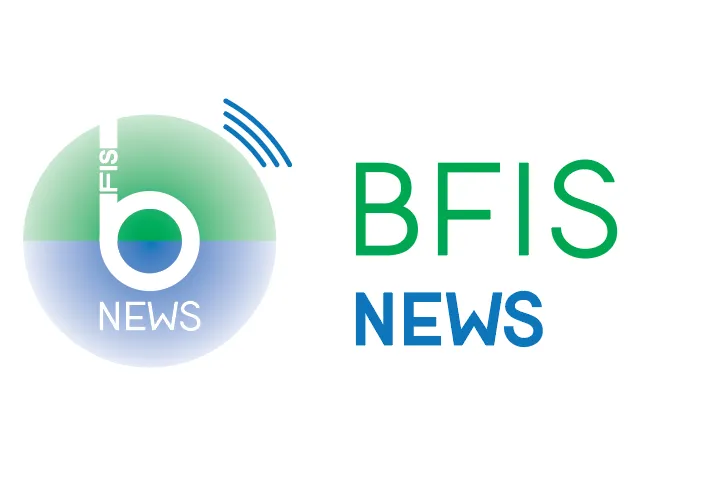
![$adHeader[0]['title']](https://bfisnews.com/images/bigyapan/1759825227_1100x100.gif)

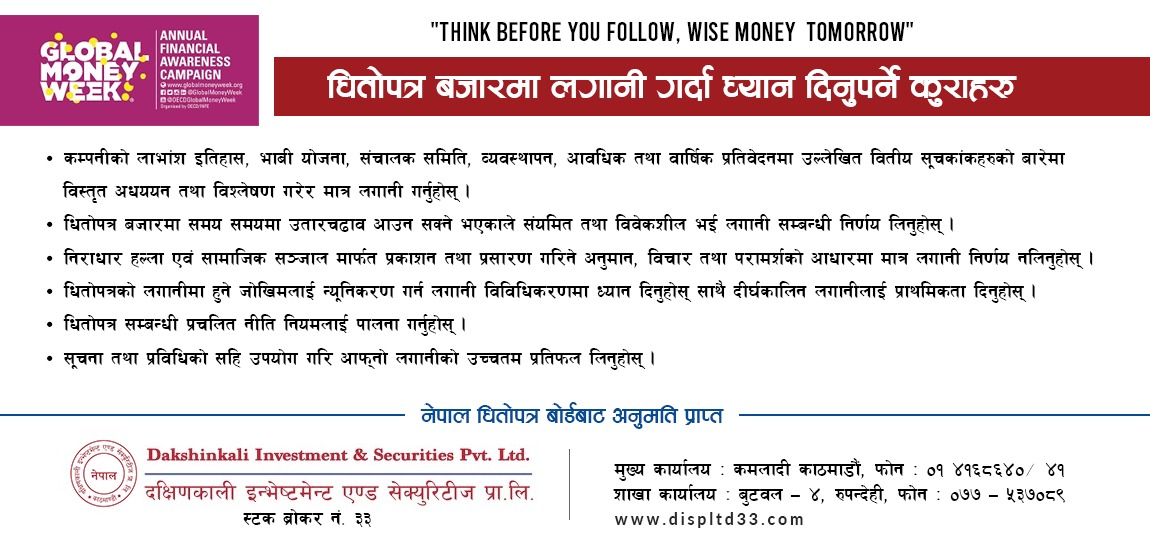










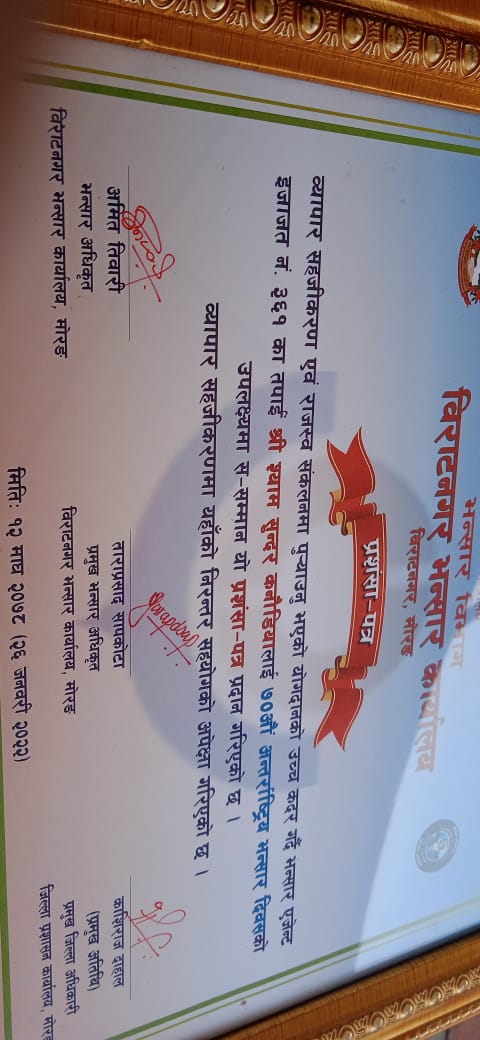
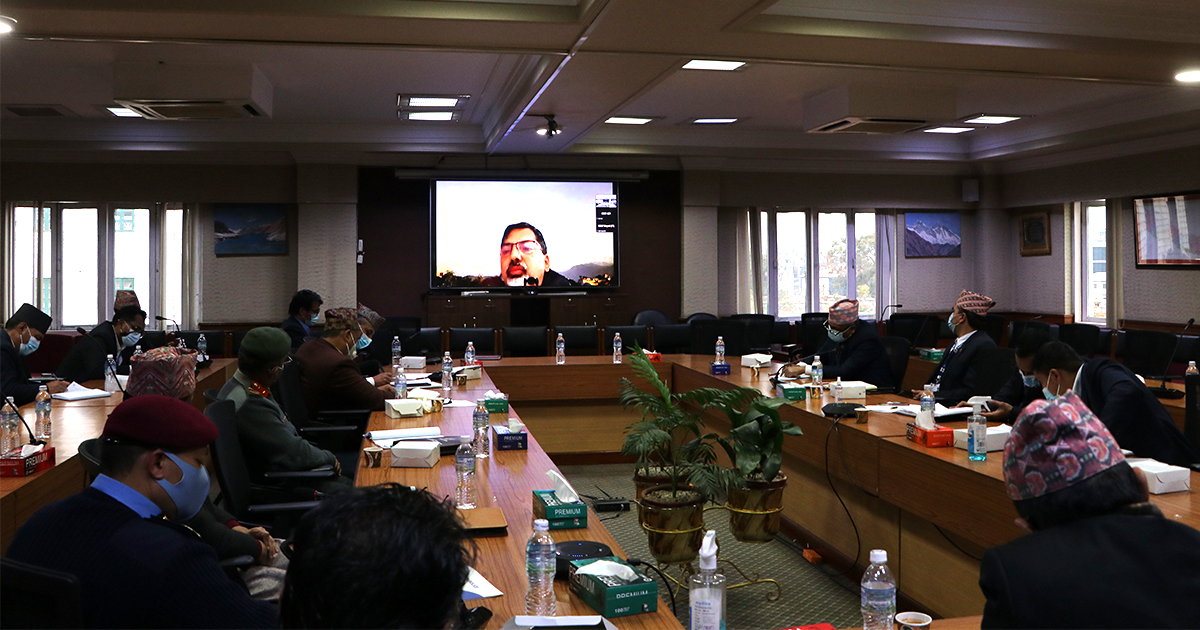

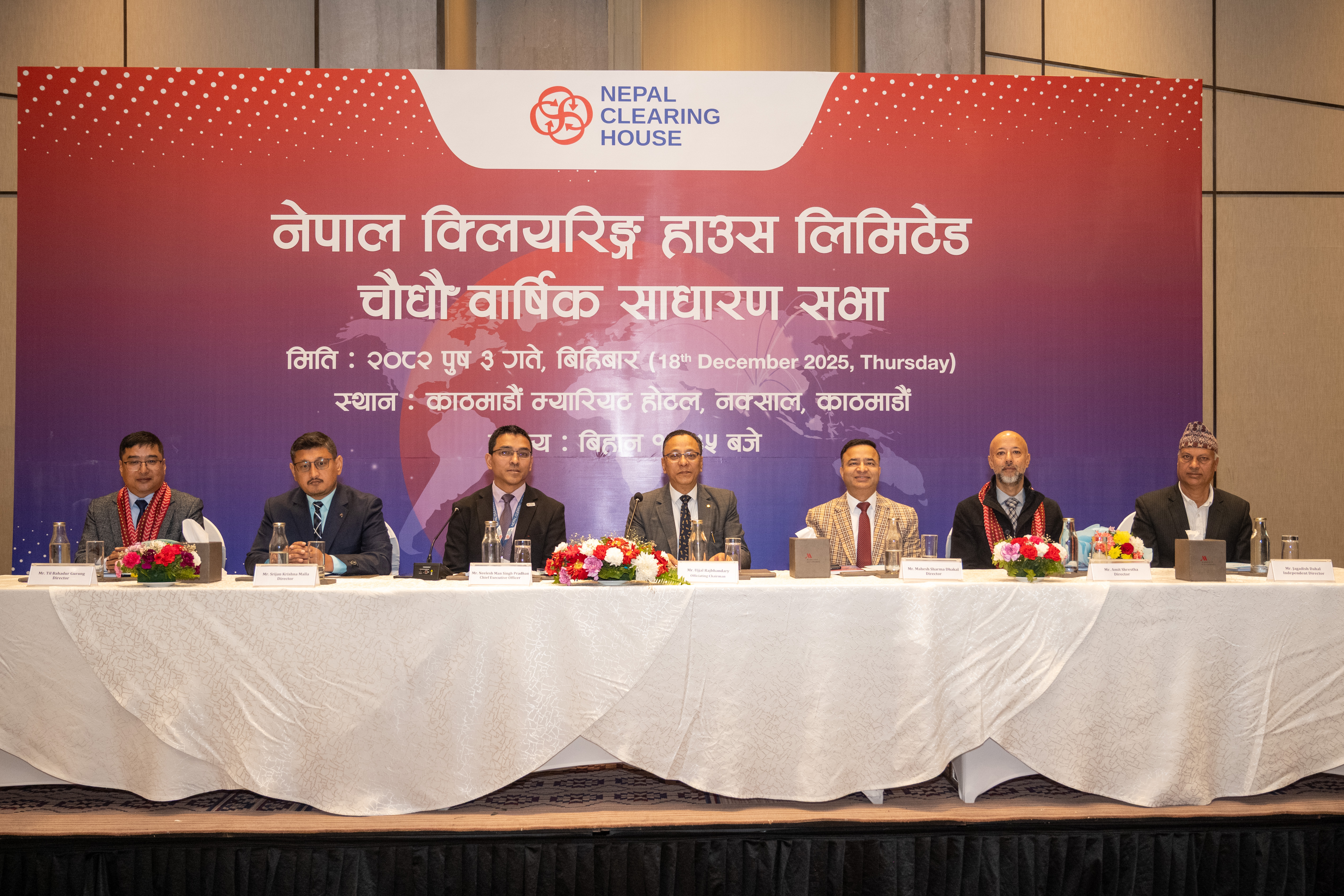
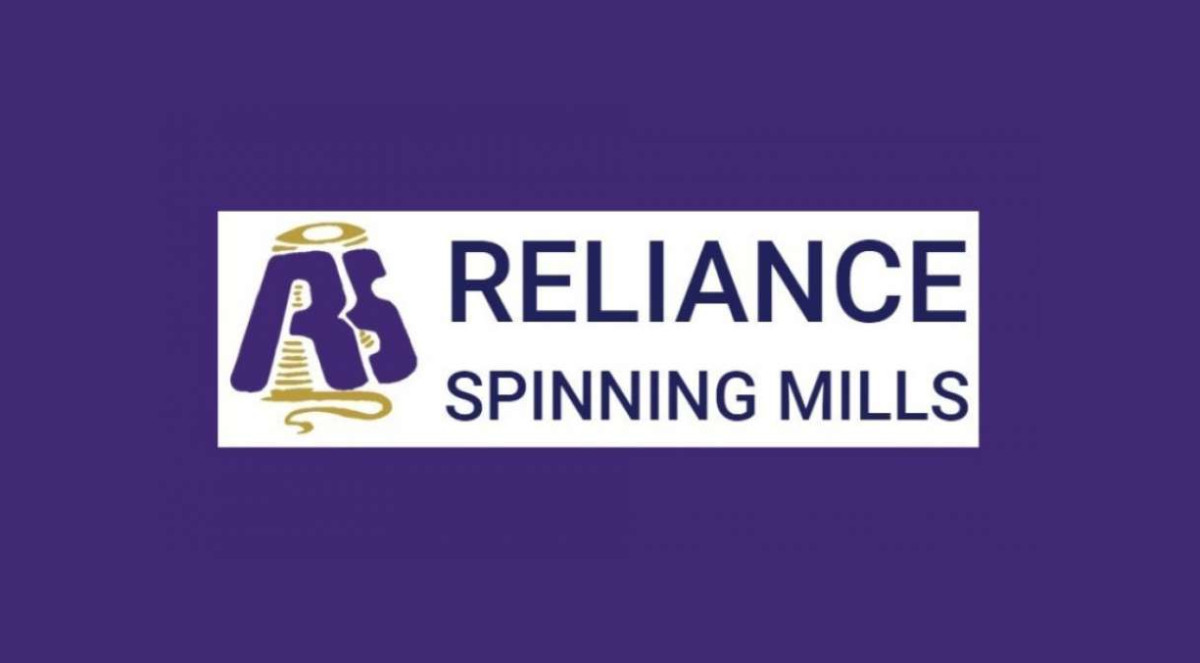
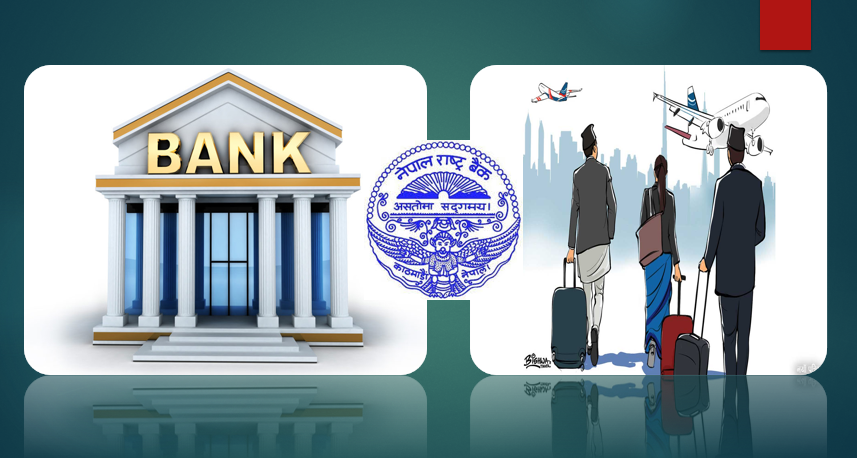

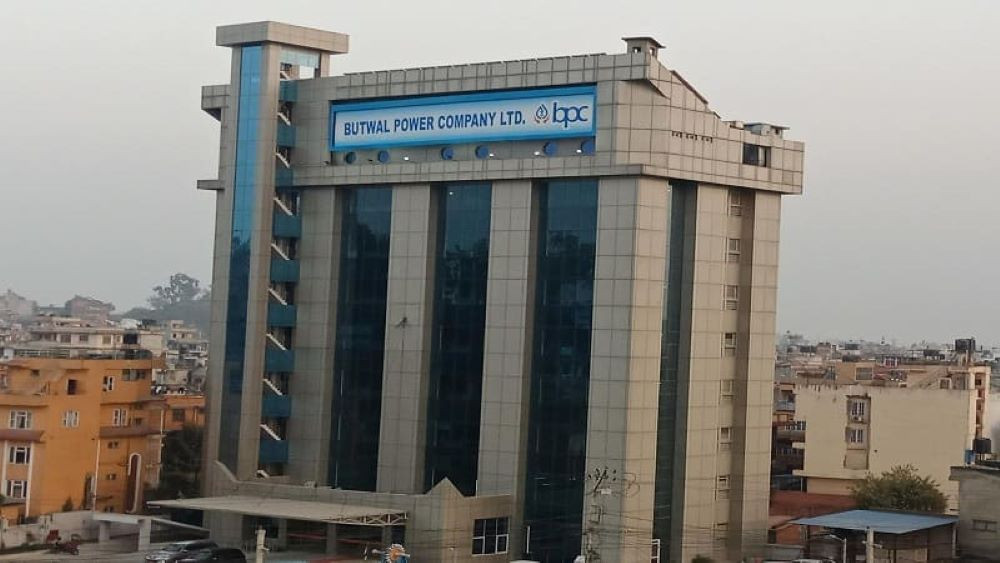

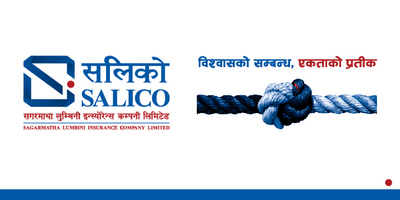




प्रतिक्रिया